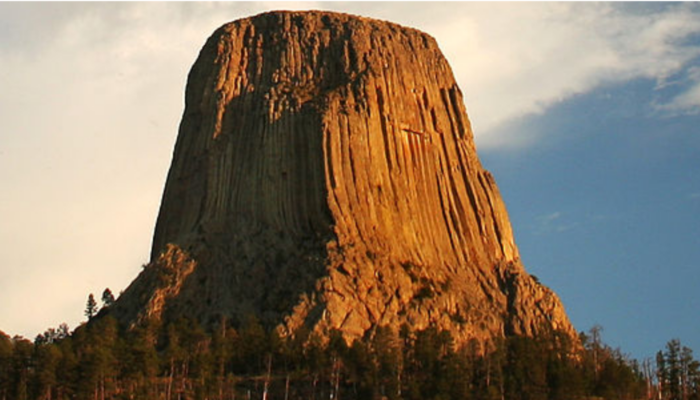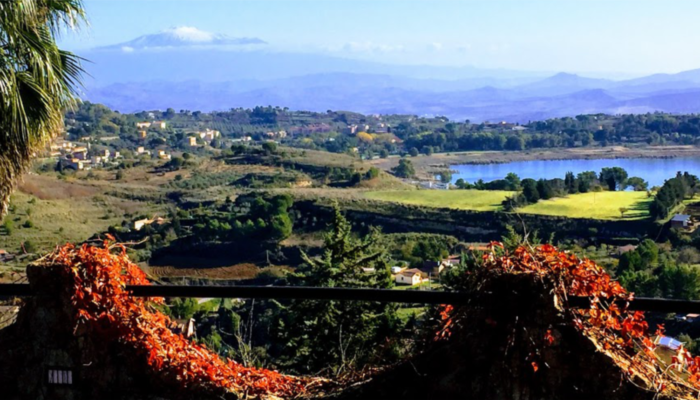The Aboriginals Australians had and hopefully will continue to have an important oral tradition, especially related to impacts, tsunamis, earthquakes and volcanoes. This time, I would like to set our new narrative in southeast Australia, where the Booandik people tell a story suggesting how their ancestors witnessed and interpreted volcanic activity in the Mount Gambier area. The story, reported b ...[Read More]
Geomythology. True science and/or strong communication medium ?!
Geomythology is a relatively recent term, coined by Dorothy B. Vitaliano in 1966. It represented the birth of what will become a new multidisciplinary approach, aimed not only at explaining the geological meaning of natural phenomenon behind long-told folklore (myths and legends), but also at bridging the communication gap between scientists and non-scientists (Vitaliano, 1973). Geomythology estab ...[Read More]
Geomythology. Crater Lake: from Love, War and/or natural phenomena
The worldwide relatively frequent recurrence of volcanic eruptions, earthquakes and tsunamis, as well as their strong impact on society make them the most common sources of myths. The most intriguing part is how different cultures describe relatively similar events in very different ways. Among them, the myths at the base of the origins of the Crater Lake in Oregon (USA), mainly orally inherited f ...[Read More]
Geomythology. Chimera: the lion, the goat, the snake and the flaming gas vents
Once upon a time in Lycia there was a land of fire, which burned so bright the light was visible by sailors navigating on the Mare Lycium, who were using the fires as a natural lighthouse. Mount Chimaera in the country of Phaselis is on fire, and indeed burns with a flame that does not die by day or night Those were the words of Pliny the Elder in his Naturalis Historia (2.110). Ancient Lycia is n ...[Read More]
Geomythology. Devils tower: born from hell?
Geomythology. Devils tower: born from hell? Following the previous two posts (Giant’s Causeway – the mythical stone way; Columnar Basalts and why Hexagons are nature’s favourite shape) it is clear how columnar joints are quite common around the globe, and they create such a marvelous natural environment that inspired amazing myths and legends: the Devils Tower myth is one of them. Devils Tow ...[Read More]
Geomythology. Giant’s Causeway: the mythical stone way
Ireland is famous for retaining a rich heritage of folk tales, which are thousands of years old. They tell stories about great heroes, wars and loves, fantastic creatures such as leprechauns, fairies, banshees, giants and so on. Among them, there is a Middle Earth time myth, concerning a “small” giant, named Finn McCool, who built a great stone way connecting Northern Ireland with the western Scot ...[Read More]
Geomythology. The Sicilian Trilogy – Part III: The Cyclopes, the Skeletons, and the Dwarfs Elephants
Strangers, who are you? Where do sail from? Are you traders, or do you sail the as rovers, with your hands against every man, and every man’s hand against you?” … “Stranger, you are a fool, or else you know nothing of this country. Talk to me, indeed, about fearing the gods or shunning their anger? We Cyclopes do not care about Jove or any of your blessed gods, for we are ever so much ...[Read More]
Geomythology. The Sicilian Trilogy – Part II: Vulcano, Vulcan’s forge
Why is a fork actually called fork? And why are volcanoes actually called volcanoes? While I do not have any reply for the first question, I have one for the second… and with a quite interesting story. The Earth currently has around 1350 potentially active volcanoes, aside from the volcanoes along the spreading centres (USGS faq); all of them are named after a single volcano, called Vulcano. Vulca ...[Read More]
Geomythology. The Sicilian Trilogy – Part I: Persephone on the endorheic Pergusa lake
If, in 2022, you still think that seasons depend on the Earth’s rotation around its tilted axis and around the Sun… you are surely right. However, in ancient times, the Greeks, and the Romans afterwards, thought it was due to an agreement between Zeus and Hades, to save Persephone from the Underworld. The sick love of Gods Persephone, daughter of Demeter, the Goddess of harvest and agricultu ...[Read More]
Geomythology. Hawaii islands and the journey of Pele

Hotspot Theory How would you explain a series of volcanoes in the middle of the ocean such as the Hawaii, the Midway or the Canary islands? J.T. Wilson, in 1963, suggested they are formed by relatively small, long-lasting, and exceptionally hot regions of magma located beneath the Earth crust, so-called “hotspots” (Wilson, 1963). Firstly, he applied this idea to the Hawaiian Islands, but the conce ...[Read More]









